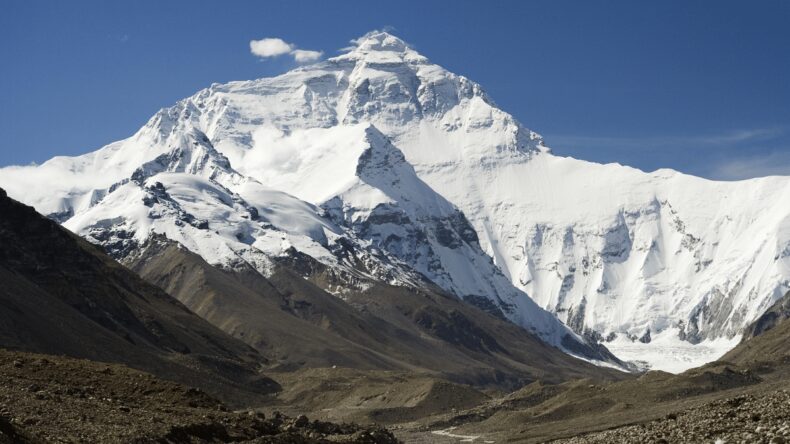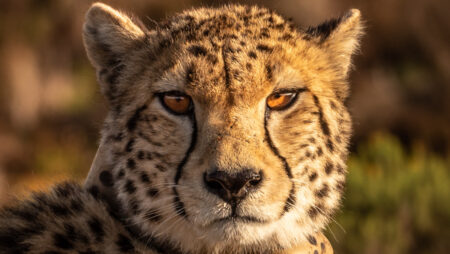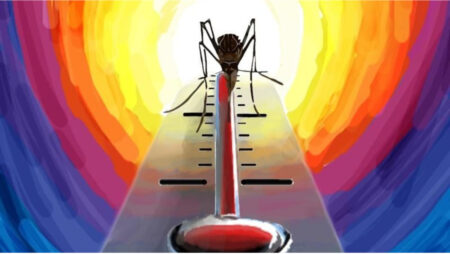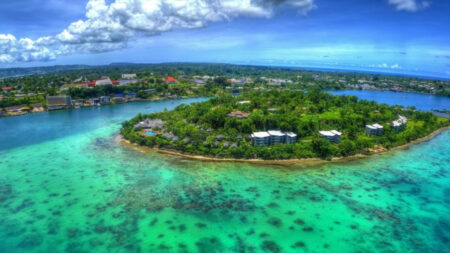The study highlights the frozen legacy of microbes that are left behind on Mount Everest by human tourism.
Table of Contents
Very little is known about the microbial communities in the environments of the earth’s tallest mountains and how they survive in such extreme conditions, in part because of the challenges and dangers of reaching such places.
A new study led by the University of Colorado Boulder has investigated the microbial diversity of Mount Everest through three sediment samples that were collected from the South Col of Mount Everest.

Image Source: Everest Journeys
South Col is a pass between the peaks of Mount Everest and Lhotse, where the climbers pitch their final camp before the final summit. The place is usually free of snow accumulation as it is swept by high winds.
The study emphasizes the invisible impact of human tourism on the world’s highest peak, as humans leave behind a legacy of frozen, hardy microbes that can withstand extreme conditions at high altitudes and can lie dormant in the soil for not just decades, but even centuries.
The research was published in Arctic, Antarctic, and Alpine Research, a journal that is published for the INSTAAR (Institute of Arctic and Alpine Research), University of Colorado Boulder.
Sample Extraction
In May 2019, professor Schmidt connected with a group of researchers who were traveling to the South Col to set up the highest weather station on the planet, which was established by the National Geographic and Rolex Perpetual Planet Everest Expedition. He asked them to collect the samples for the research.
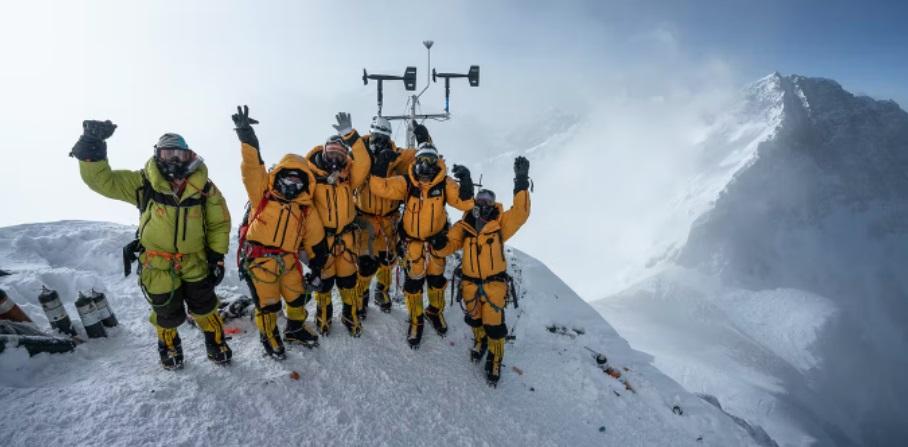
Image Source: Current Affairs- Adda247
Hence, the co-author of the study, Baker Perry, a National Geographic explorer, and a professor of geography at the Appalachian State University hiked as far as possible from the South Col camp to collect the soil samples for Schmidt’s research.
The study
This is the first time a sample from a high-altitude environment such as Mount Everest, has been analyzed using next-gen sequencing (NGS)
The researchers say that the microorganisms left behind by humans were found everywhere, not just in soil but in the air as well. Since these can be blown around easily by winds, they can be found even in faraway places from the camps.
Steve Schmidt, professor of ecology and evolutionary biology and lead author of the study, said that if a person has coughed or sneezed in the area, the microbes from that would also show up when the soil is analyzed.
The researchers were impressed by the resilience and survival of microbes that normally live in warm and moist environments such as the mouth and nose, as they survived by staying dormant in such harsh conditions.
Most of the DNA sequences found in the research were from extremophilic microorganisms, which have also been detected in previous studies at high-altitude sites in Antarctica and the Andes.

Image Source: Adventure Life
Naganishia, a genus of fungus that can survive in UV radiation and extreme levels of cold, was found to be the most abundant organism.
But the study also found the DNA of some of the microbes that are heavily associated with humans, such as Staphylococcus, one of the most common microbes found in the nose and skin, and Streptococcus, a dominant microbe in the mouth.
Significance
The researchers believe that the study can provide a step forward to the possibility and potential of life beyond Earth if humans ever consider it on Mars or beyond.
Schmidt believes that life can be found on cold moons and other planets, and humans just need to be careful not to contaminate those environments with the ones found on our planet.
This research can provide a better understanding of the limits of life on earth concerning environmental conditions.







